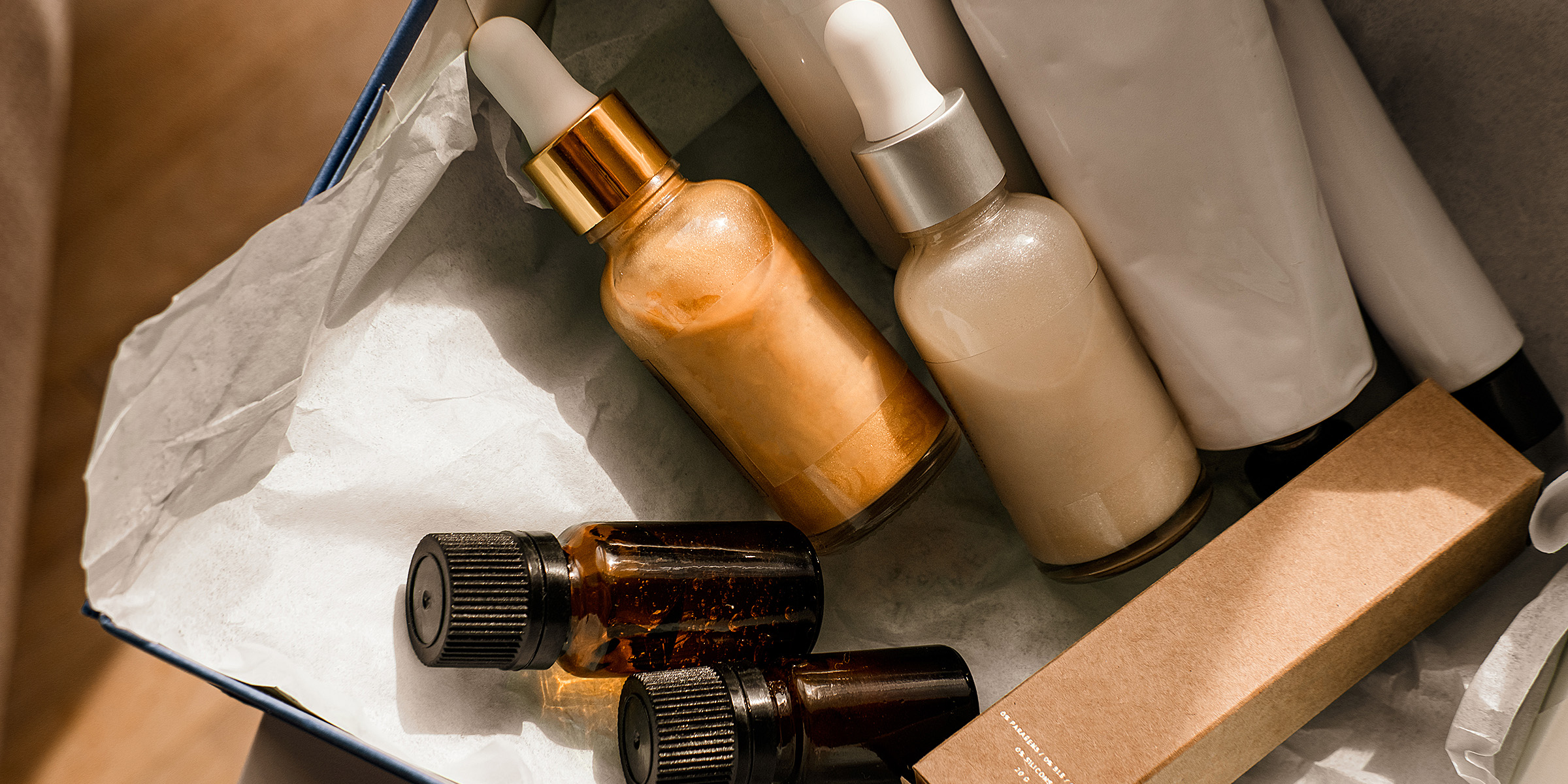
The Power of Less: Why Strategic Serums are Replacing the 10-Step Routine
Skincare has never been more complicated, and it's no thanks to social media. While a multi-step routine might seem like an airtight way to maintain a youthful glow, it’s likely doing more harm than good.
You've probably seen it all over social media — skincare influencers taking you through their 22-step routine with a plethora of serums, creams, masks, cleansers, peels, you name it.
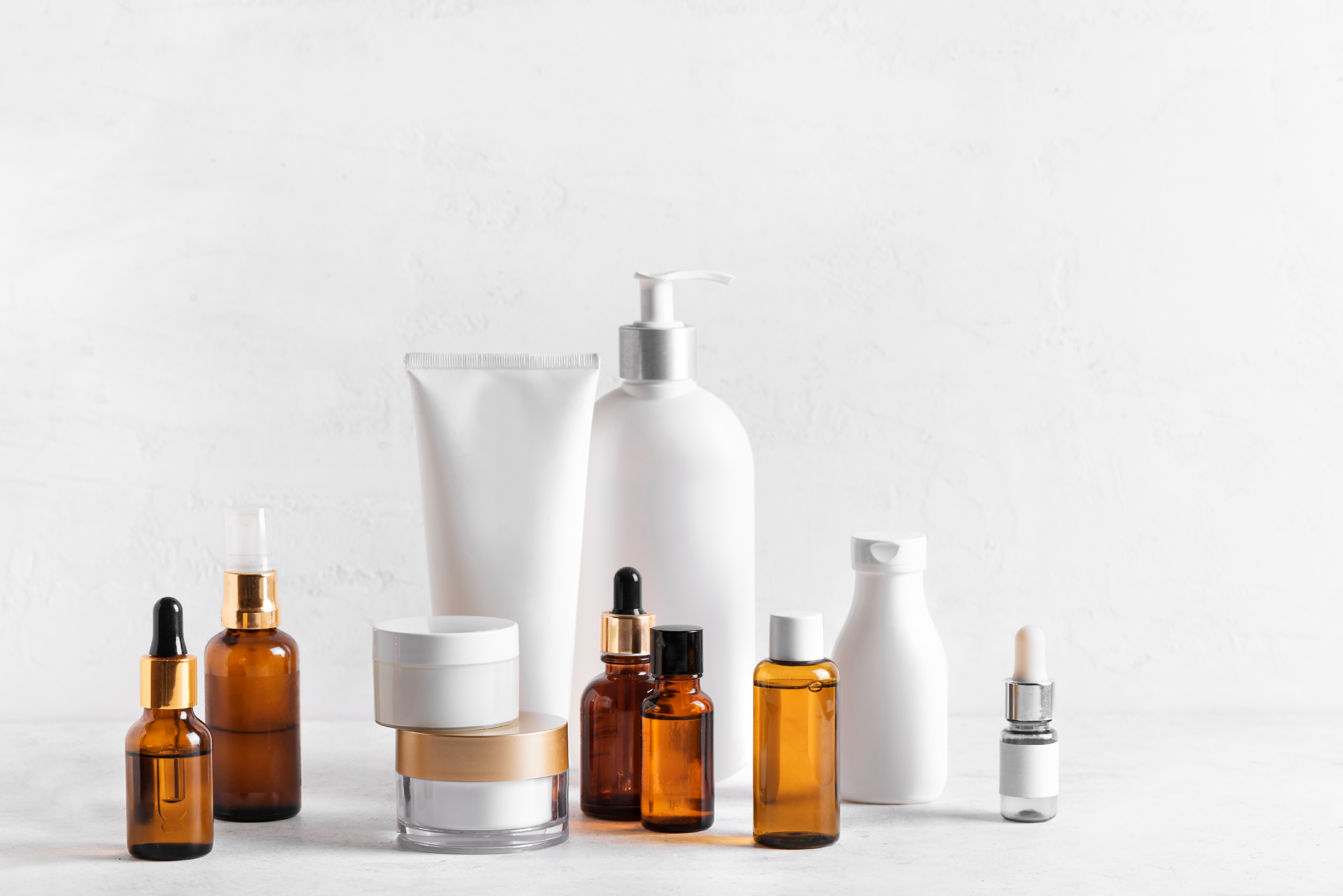
Multiple skincare products | Source: Getty Images
Even reputable publications have touted the maximalist approach to skincare, and many followed the advice, hoping to alleviate some of their own issues. While some reported good results, these were often short-lived and sometimes led to further damage.
That's why experts, now more than ever, are recommending far less complicated routines that only include products specifically targeting your skin's needs. If you want to understand why this is the case, read on.
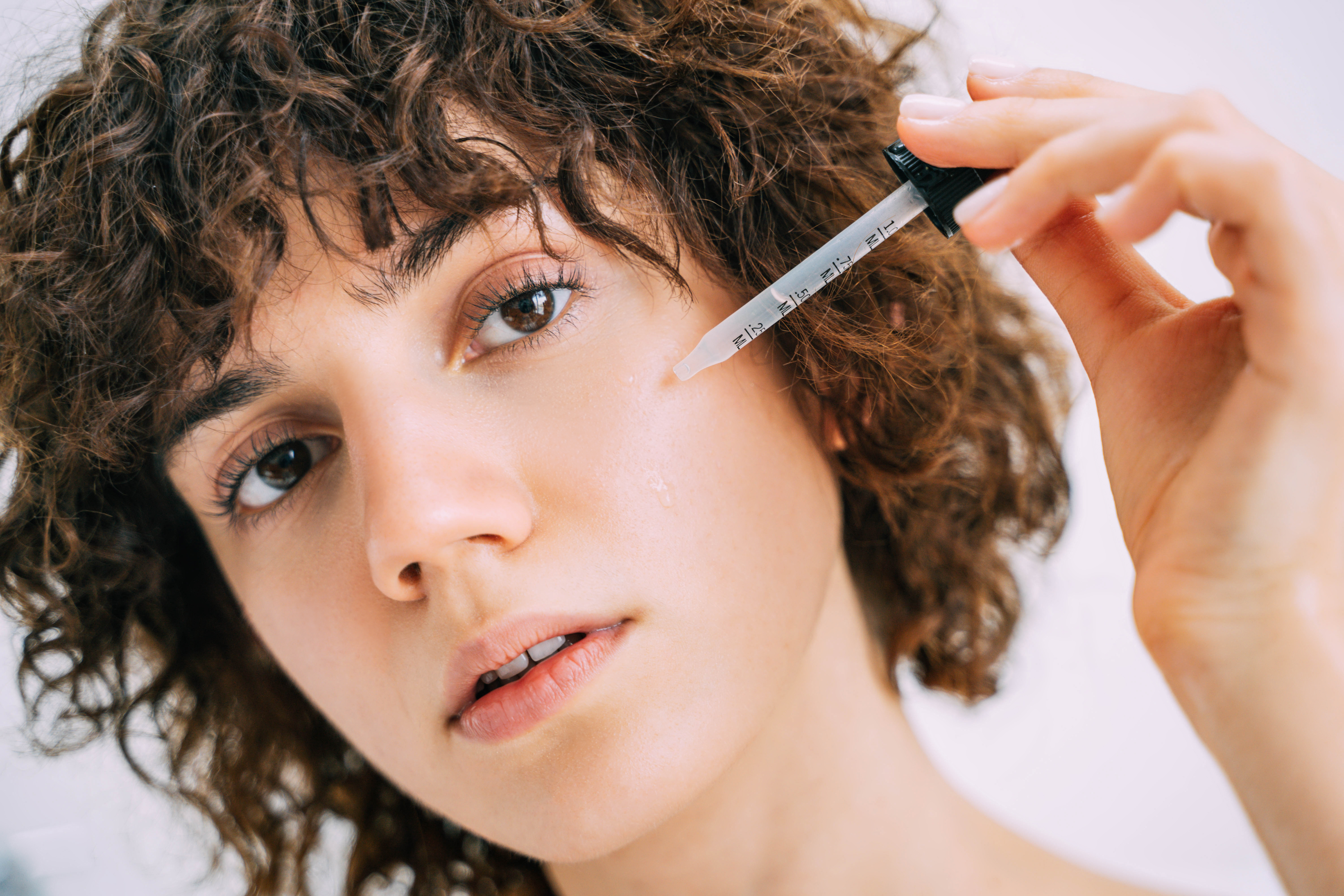
A woman applying serum to her face | Source: Getty Images
Why Your Multi-Step Skincare Routine Might Be Doing More Harm Than Good
Many people struggle with some combination of ongoing skin problems, including dryness, oiliness, breakouts, hyperpigmentation, and acne. Dr. Christine Hall, an aesthetics doctor at the Taktouk Clinic in London's Knightsbridge, was among them, particularly during the pandemic.
"Despite everything I knew in skincare, I started trying a whole host of different ingredients on my skin — AHAs, BHAs, PHAs, azelaic acid, benzoyl peroxide, sulfur," she told Forbes in 2023. Unfortunately, mixing all these ingredients only worsened her situation.
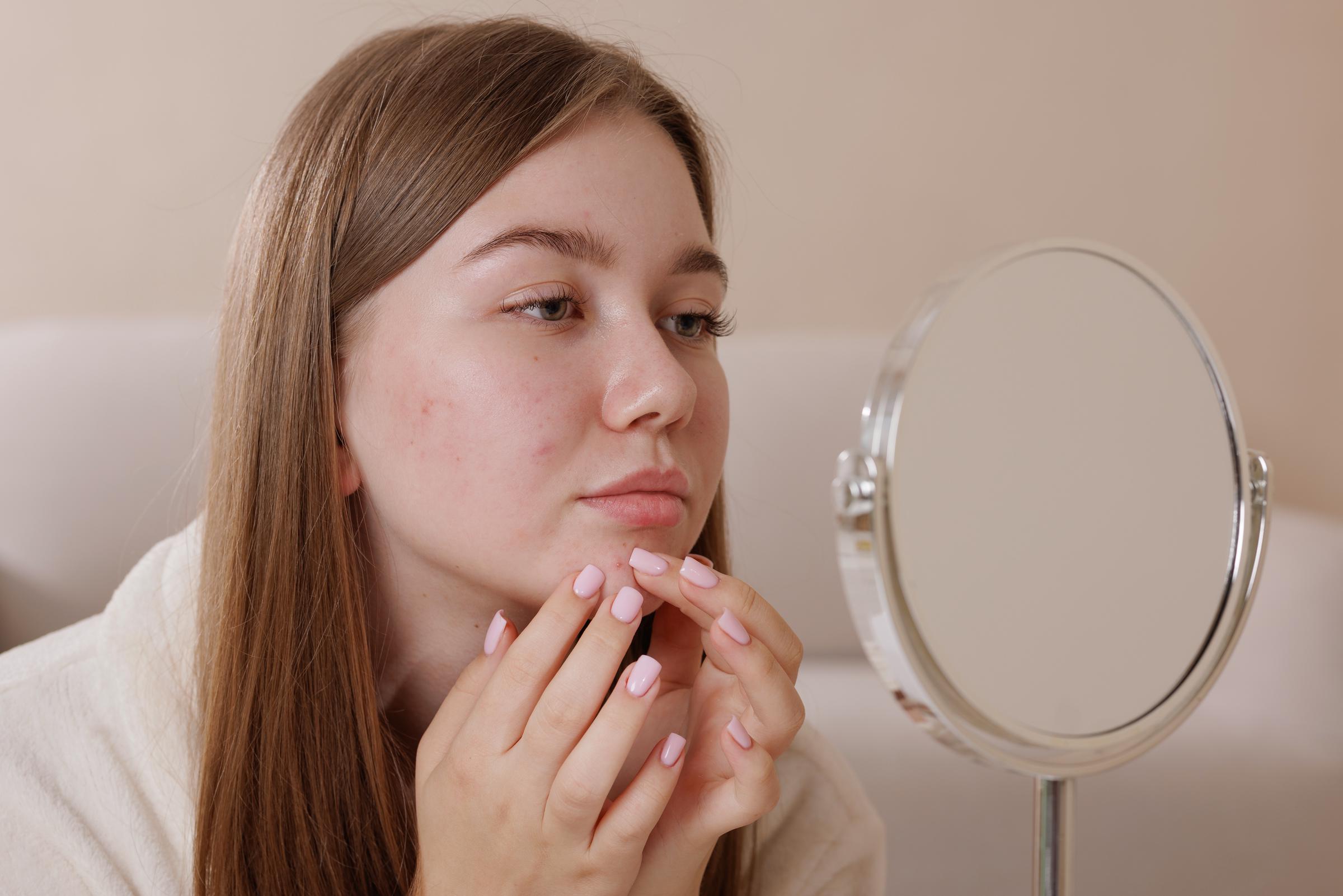
A teenager inspects her face in the mirror | Source: Getty Images
"For many, too many skincare products can be overwhelming and will put them off to the point that they stop using everything," she explained. Dr. Hall added that there is also the problem of layering products in the wrong order.
"Generally, you should start with your thinnest product first and then work up," she said. "If you apply a thicker, occlusive layer first then anything you apply afterwards will have very little if any effect. Your skin will become inflamed and aggravated and won't be able to absorb everything that you are applying."
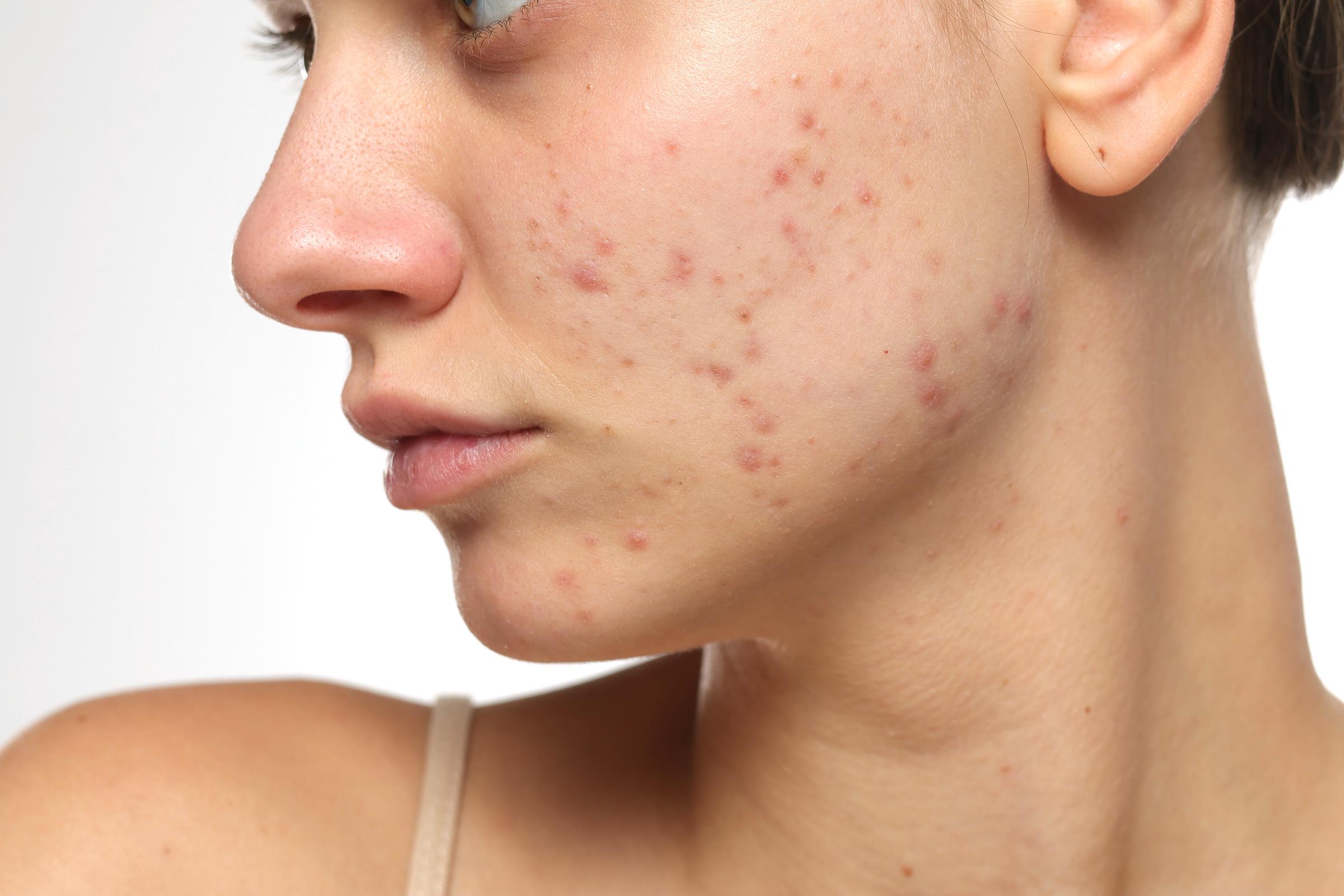
A young woman with acne | Source: Getty Images
How to Simplify Your Routine
To avoid overwhelming your skin and risking further damage, you want to simplify your approach. As dermatologist and cosmetic surgeon Saami Khalifian, MD, explains, "Minimalism refers to using only what's necessary to meet your skin's needs."
"It's not about using the fewest products possible, but about using the fewest effective ones," he continues. Dermatologist Hannah Kopelman agrees, saying a "true" minimalist routine usually involves three to five steps.
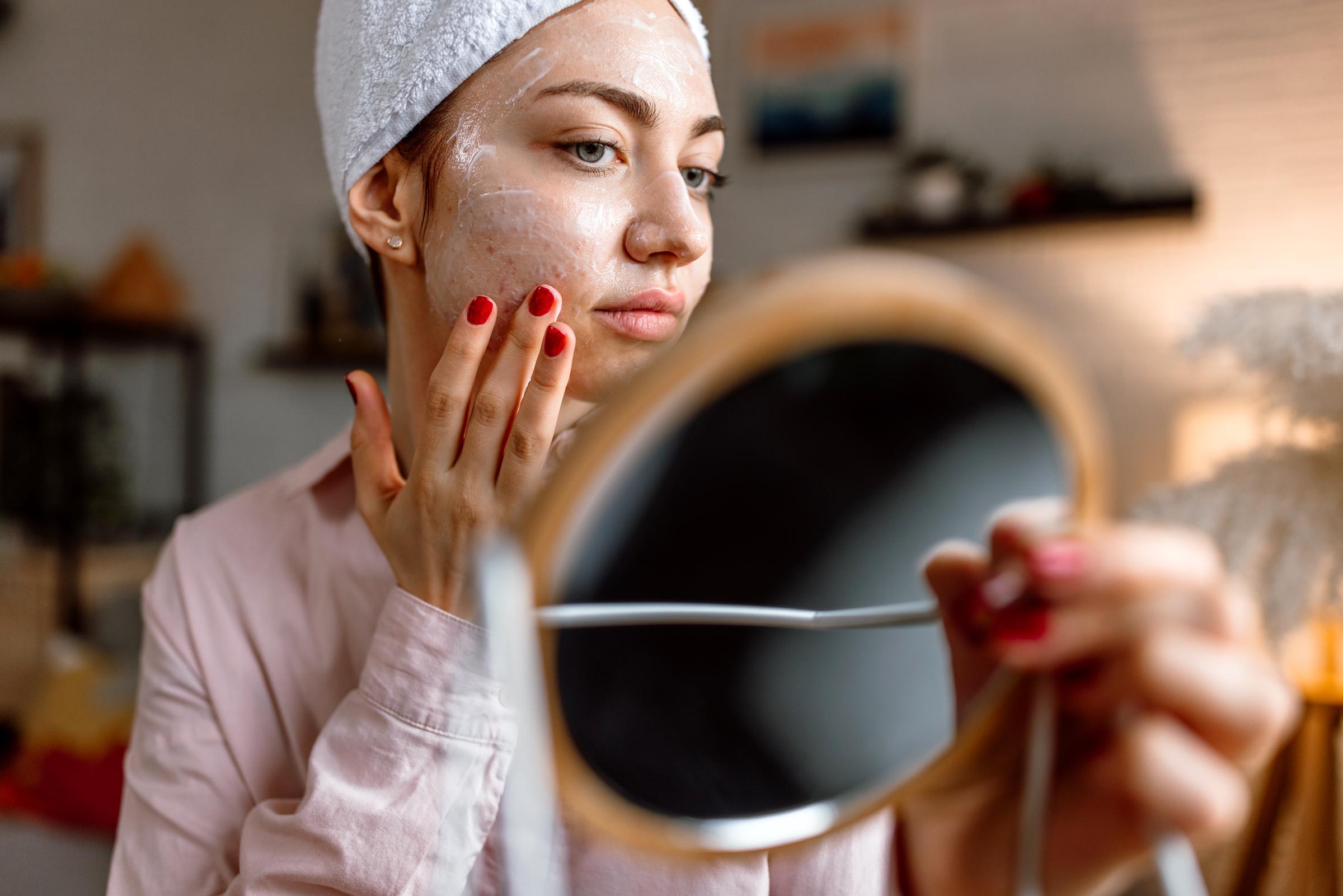
A woman applying a cream to her face | Source: Getty Images
The fundamental steps include cleansing, moisturizing, and sun protection. You can also include spot treatment for specific areas affected by hyperpigmentation, acne, or fine lines. Additionally, you may use a toner to keep your skin extra-hydrated.
Here's the recommended step-by-step order for applying a minimalist skincare routine:
- Cleanser
- Toner (optional)
- Treatment
- Moisturizer
- Sunscreen
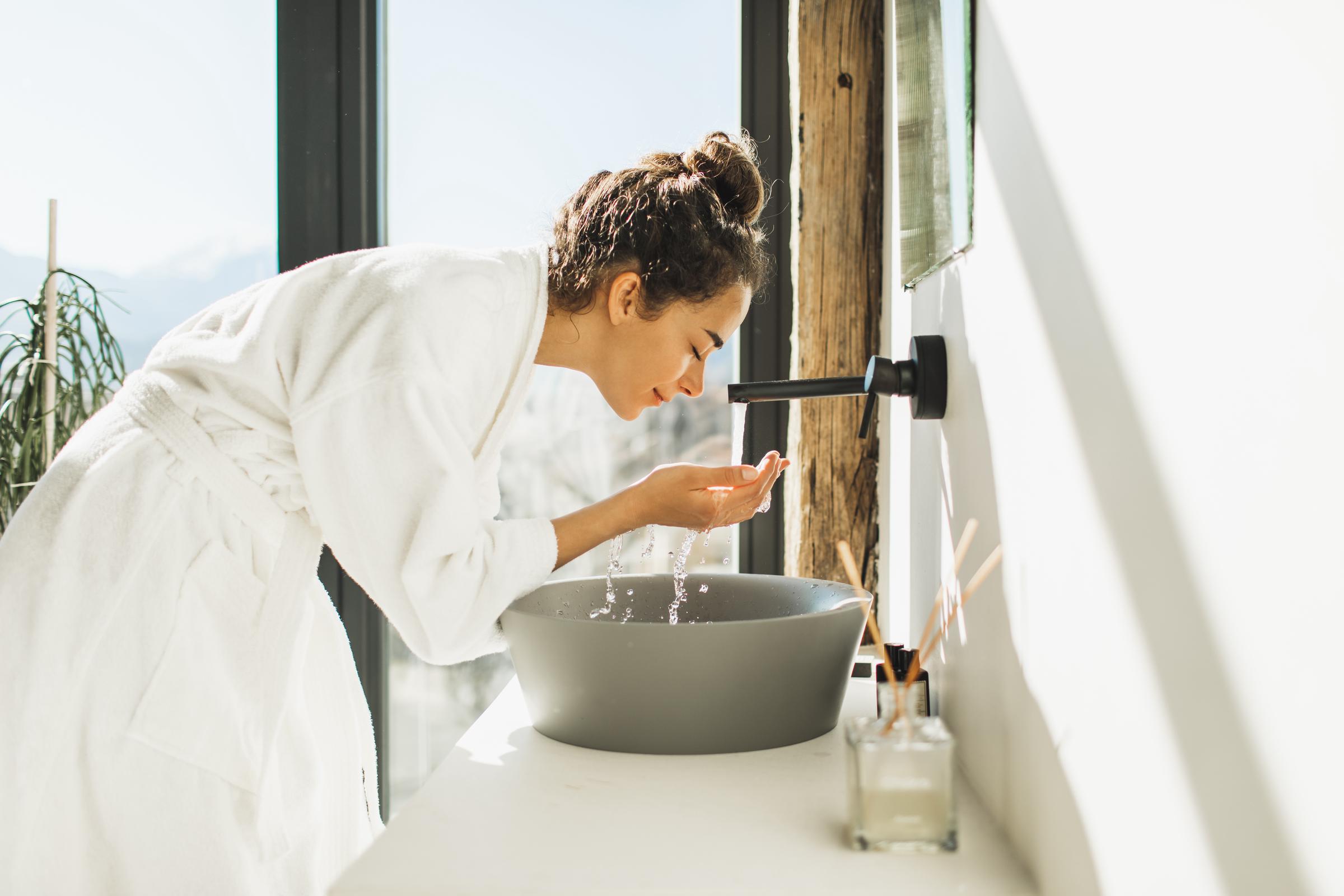
A woman washing her face at a bathroom sink | Source: Getty Images
What You Can Expect Afterward
After streamlining your skincare routine to your unique needs, your skin will likely feel softer and appear healthier. While your previous skin problems might not go away completely — unless they require medical attention — you'll experience them far less frequently.
New York City–based board-certified dermatologist Brendan Camp, MD, agrees, emphasizing that "allowing skin sufficient time and space to receive products and recover from their impact" can lead to healthier skin.
That being said, if you're experiencing issues that aren't self-resolving or only worsening with time despite using skincare products, it's highly advisable to see a dermatologist. Otherwise, you're all set.
The information in this article is not intended or implied to be a substitute for professional medical advice, diagnosis or treatment. All content, including text, and images contained on WomanlyLive.com, or available through WomanlyLive.com is for general information purposes only. WomanlyLive.com does not take responsibility for any action taken as a result of reading this article. Before undertaking any course of treatment please consult with your healthcare provider.
